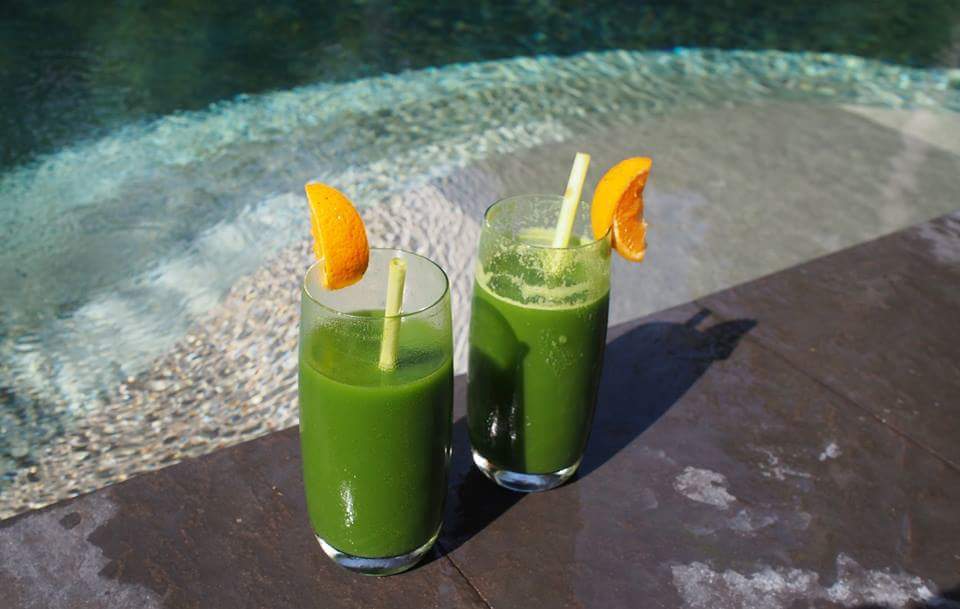Healthy or Hype?
Paleo
According to the “Paleo-way” website – someone who follows a Paleo diet should consume :- Leafy greens, fresh pesticide-free vegetables, nuts, fruits on occasion, grass-fed meat, pastured free-range poultry and wild-caught fish as well as;
- Removing feedlot meat, pesticides, GMO’s, refined sugar and salt, fast food.
- The Paleo diet suggests your diet should be “essentially free” of foods such as grains, gluten, legumes, dairy and anything processed.
- Paleo Way also suggests moving your body every day and being mindful.
Green smoothies
We definitely know Australians do not eat enough vegetables, and in fact only around 8% of adults in 2012 reported they were eating their 5 serves a day (recommended amount). So if your morning green smoothie has a serving or two of veggies then I say go for it! If smoothies are to replace a meal then you would need to ensure it has some protein and some carbs (add some oats and nuts perhaps). However if it is in addition to your usual meals and especially if you’re watching your waistline you would want to try and make it lighter (make it up with water and avoid adding too much fruit). If you’re having a green smoothie out at a café think to yourself ‘would I eat all these ingredients by themselves on a plate or would it be too much food?
A green smoothie can be great way to boost veggie intake or if you need a quick meal however don’t overdo it- think about how much food (including your smoothie) you are eating across the day and stick to what’s recommended for you.Milk
The best sources of calcium are found in dairy foods (milk, yoghurt, cheese). Calcium is absolutely vital for strong bones and teeth and unfortunately those who don’t consume enough have a higher risk of bone disease (osteoporosis) later in life. Eating dairy foods is the easiest way to ensure you are getting enough calcium so it’s recommended you have around 2.5-4 serves each day, especially women over the age of 50 who need the most calcium. Of course some people may choose to be vegans, have a lactose intolerance, be allergic to milk or dislike the taste of dairy altogether – in that case there are other sources of calcium including; alternative milks (soy, almond) which have had calcium added to them, fish with small bones in them (sardines, tinned salmon) and some nuts (almonds, brazil nuts). Note: Soy, almond, rice milks etc. do not naturally have enough calcium in them to provide you with your daily needs- choose ones which have added calcium.Juice cleanse:
Juice cleanses would refer to drinking solely fruit and/or vegetable juice for an extended period of time with the intent of ridding the body of “toxins”. Firstly, our body has an excellent toxin ridding system involving the liver and the kidneys so if we had a build-up of toxins it would suggest there was something wrong with either of these two organs. Secondly, a prolonged juice cleanse may leave you very depleted of essential nutrients including; protein, healthy fats, fibre, iron and b12 just to name a few. Thirdly, if your goal is to lose weight on a juice cleanse you may achieve it due to a very low kilojoules intake however this would hardly be a sustainable weight loss and you’re likely to regain the weight once you begin eating normally again. Some other problems that could arise during a juice cleanse could be; hunger, fatigue and constipation (due to lack of fibre). Try to avoid fad and yoyo type diets and go for something that can be sustained long term.
Natassja Billich is a 4th year student at Monash, completing her Bachelor of Nutrition & Dietetics with honours. She is excited to begin her professional practice as a Clinical Dietician next year and hopes to secure employment in a hospital.